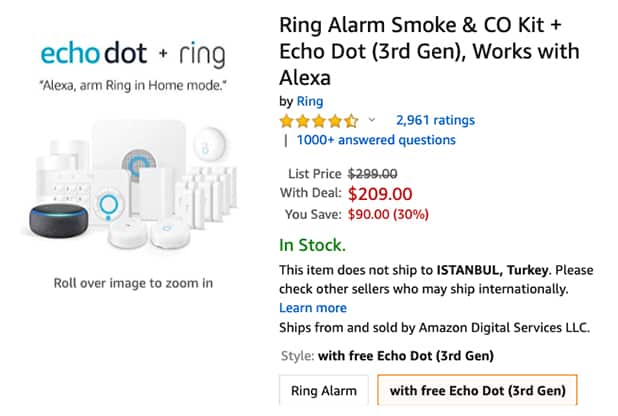The Omnibus Directive first came into force back in 2020. It is intended to bring more transparency to online shoppers in the European Union through adjustments in consumer and competition law. For our readers in the UK, it is important to state that your compliance is only necessary if you sell goods or services to customers within the EU.
For our readers in the UK, it is important to state that your compliance is only necessary if you sell goods or services to customers within the EU.
Within this article, we’ll take a closer look at what the Omnibus Directive is and answer some common questions from an affiliate marketing perspective.
Background
Also known as the Enforcement and Modernisation Directive, the Omnibus Directive is comprised of four pieces of consumer legislation:
- The Consumer Rights Directive
- The Price Indications Directive
- The Unfair Contract Terms Directive
- The Unfair Commercial Practices Directive
Click here to access the Directive in full.
These four legislations above aim to expand the scope of the consumer rights framework to include digital services and goods.
Who is affected by the Omnibus Directive, and why is it more relevant today than ever before?
Both Publishers and Advertisers are affected by this Directive.
As an Advertiser retailing online, you are probably already aware of the Price Indication Ordinance (PAngV) – part of the Omnibus Directive. It is this Directive which – as of 28th May 2022 – has been updated.
Most importantly, this update concerns discount campaigns, whereby, on the occasion that an online retailer wishes to display a discounted strike price (using a practise known as price anchoring), they are legally required to match the sale price with their lowest price for that item 30 days prior to the application of the price reduction.
In practice, therefore, an item’s lowest price from the last 30 days must now be used for the calculation of the discount. It will no longer be possible for traders to publicise a sale price as a discount when, in reality, they may have recently hiked the original cost up just to make it seem as such.
It will no longer be possible for traders to publicise a sale price as a discount when, in reality, they may have recently hiked the original cost up just to make it seem as such.
As with GDPR, the penalty for failing to comply is severe and could be a fine of up to 4% of a seller’s annual turnover.
Are all discounts affected?
In particular, the new regulation relates to price comparisons and percentage price reductions.
In the case of price comparisons (e.g. € 8.50 instead of € 10), the comparative price must be the cheapest of the last 30 days. Here is an example of price striking from Amazon:

Contingent upon price reductions, promotions are possible in which retailers announce percentage discounts online either directly on the price or via an advertising banner, and only make the deduction in the shopping cart (e.g. 20% on everything).
What prices are not affected?
- Comparisons with the recommended retail price only remain unaffected by the Omnibus Directive
- The mere indication of the reduced price without specifying a previous price
- If there are individual discounts, it is not necessary to mention the lowest price of the last 30 days.
- Perishable goods can be marked as reduced even without a price comparison
- Relative price statements such as “sale” or “rock bottom price” do not need to be explained in more detail
- Free gifts have no relation to the previous purchase prices, and therefore do not require special treatment
- Goods measured in running meters, square meters or cubic meters such as flooring, do not have to be labelled differently
What should I do as a Publisher?
As a Publisher, you can continue to promote your Advertiser partner’s campaigns. If you mention the discount of a product, pay attention to the correct comparison price. The Advertiser should hand this over to you in their product data feed, or alternatively use the MSRP, which must be specified by the Advertiser.
What should I do as an Advertiser?
As an Advertiser, you should update your product data feeds as soon as possible and add the correct comparison prices, so that your publishers can continue to promote your goods and services reliably. It is also useful to specify an RRP in the product data feed.

